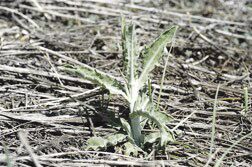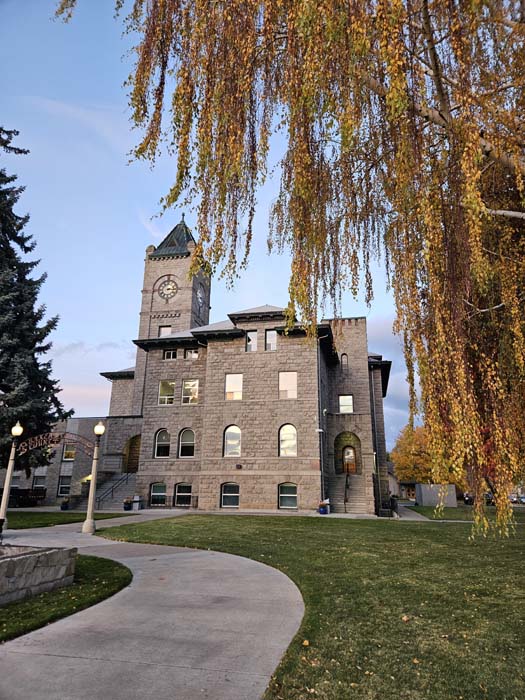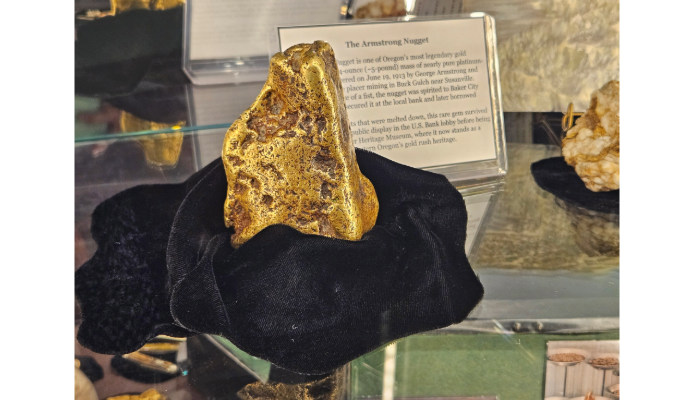Noxious weed of the week: Russian knapweed
Published 7:09 am Monday, April 1, 2024

- Russian knapweed rosette emergence in the early spring.
Russian knapweed (Acroptilon repens) is an “A” listed noxious weed in Baker County, which means the county can require landowners to control the plant.
Trending
According to the Baker County Weed District, Russian knapweed was introduced to the U.S. in the late 19th century and can rapidly invade and dominate degraded rangeland sites. Russian knapweed can reduce the livestock carrying capacity by approximately 55% in invaded pastures.
It is capable of dominating sites through a creeping root system and allelopathic properties that suppress the germination of desirable grasses.
Russian knapweed has protein content comparable to alfalfa, but livestock typically avoid the plant due to its bitter taste. Flowers typically bloom from June through September, and seeds remain viable in the soil for up to five years.
Trending
There is some concern about its toxicity to horses, but animals must eat large quantities for a month or longer before showing clinical symptoms.
Effective management of Russian knapweed requires an integrated approach, according to the weed district.
Single applications of herbicides will not be effective to eliminate the weed. A combination of herbicide followed by establishing perennial grasses has been the most effective control method throughout the western states.
With localized infestations, mowing or grazing with livestock during the spring before flowers emerge can reduce the abundance of the weed over time. In recent years there has been some success using parasitic insects as a biological control.









